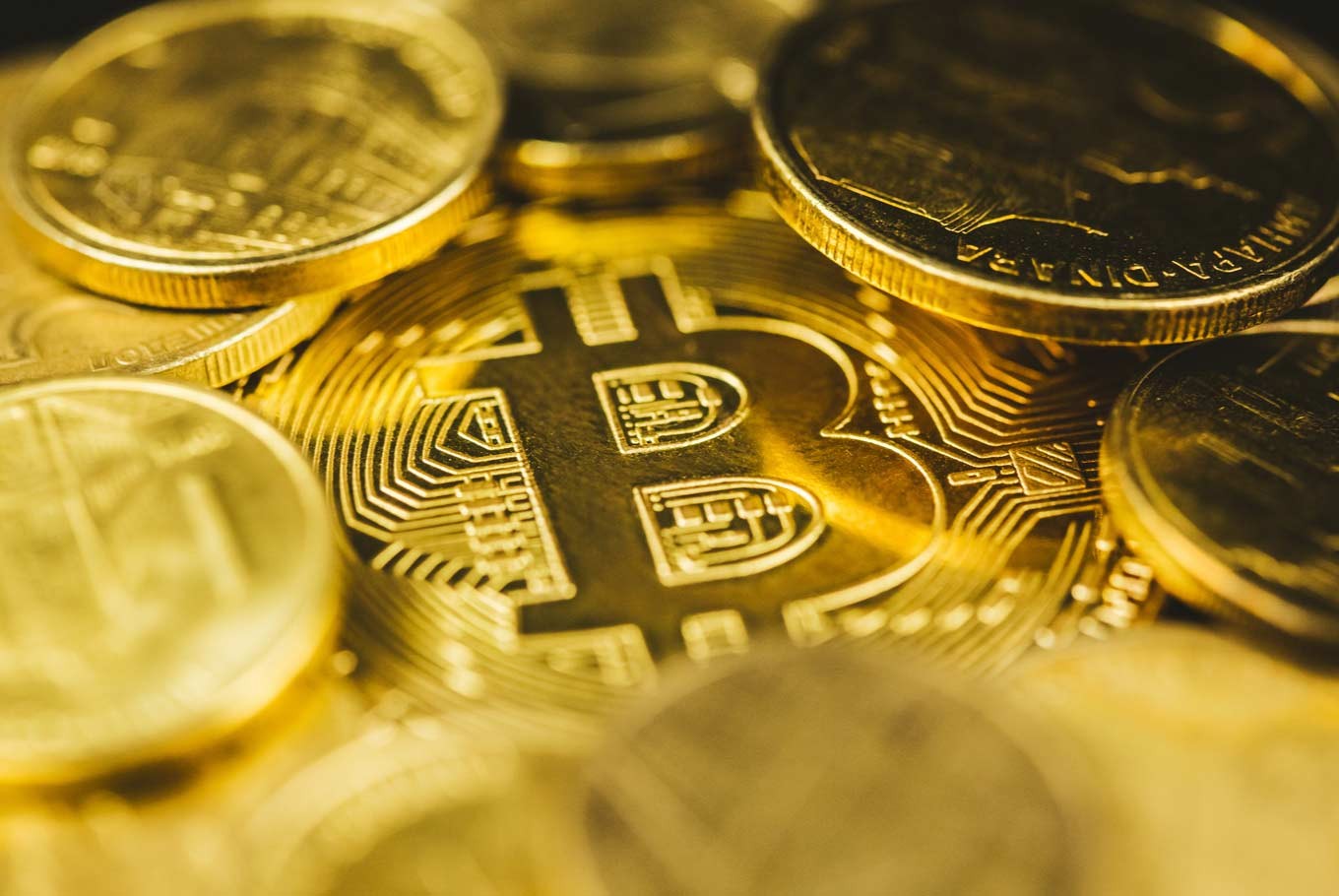Popular Reads
Top Results
Can't find what you're looking for?
View all search resultsPopular Reads
Top Results
Can't find what you're looking for?
View all search resultsCurrency wars: The rise of bitcoin
The next few months will be an exciting time for bitcoin, as the macro-economic changes in the world set up the stage for a good testing ground for Bitcoin to prove itself.
Change text size
Gift Premium Articles
to Anyone
A
long time ago, in a galaxy far, far away. The year was 1944 in the United States. The 44 allied countries met in Bretton Woods in order to confer on moving towards fixing and backing the US dollar, along with other currencies, with gold, thus starting an era when currencies were fixed or to gold.
For the next 26 years, this standard remained and the US dollar became the de facto reserve currency of the world. At the end of World War II, the US controlled about two thirds of the world’s gold reserve.
Countries that have the world’s reserve currencies are powerful and tended to get away with borrowing a lot. That’s because other countries were inclined to hold the debt/money as it can be used for spending around the world. All of that borrowing will have to be paid back one day.
By 1971, the US Federal Reserve had printed so much debt that they didn’t have enough gold to back up the US dollar. As a result, the Bretton Woods monetary system broke down in 1971 when President Nixon, like President Roosevelt in 1933, defaulted on the US’s promise of allowing holders of paper dollars to turn them in for gold.
Therefore, the dollar is no longer pegged to gold and it devalued against gold and other currencies. During this period, the US and all countries went into a free-floating currency era where the value of each currency was not backed by a particular asset but remained relative in value to other asset classes.
The move to a fiat monetary system gave the Federal Reserve and other central banks the ability to print dollar-denominated money and credit, which led to the inflationary during the 1970s. During this period, there was a flight from dollars and dollar-denominated debt to goods, services, and inflation-hedge assets such as gold which many considered to be a good store of wealth. During this period we moved from asset-backed money towards a floating fiat currency not backed by assets. And for the next 50 years, this worked fine.
In 2008, interest rates hit the lowest levels during the economic recession and the US government decided to initiate quantitative easing by printing more money and buying financial assets. Fast forward to today, their debt has ballooned to US$24 trillion dollars as of April 2020.
But something unexpected happened. The coronavirus triggered the economic and market downturns all over the world, which created holes in incomes and balance sheets, especially for indebted entities whose incomes have been affected by the downturn.
So, on April 9, 2020, the US central government and the US central bank or the Fed announced a massive money and credit creation program that included helicopter money (direct payments from the government to citizens) that eclipsed anything they’ve done before. This was essentially the same move that Roosevelt made in 1933.
However skeptics point out that the hope for growth, created by the debt printed by the Fed, is not reflected by the productivity gains from businesses around the world. This scenario tends to lead to inflation. If we looked back historically, these periods tend to be characterized by people converting assets to those that are not inflationary in nature, such as gold or assets that have a fixed amount or a scarcity quality to it.
In 2009, Satoshi Nakamoto created Bitcoin with the idea of building an alternative currency as a response to the financial recession of 2008 and the burgeoning debt around the US dollar. The “hope” was to create an alternative financial system that is resilient against socio-economic changes and geopolitical fights.
The idea behind bitcoin is simple. At its core, bitcoin is an alternative currency that is among other things:
(1) Decentralized and not controlled by any person/entity being (built through a decentralized network).
(2) Scarce in nature (only 21 million bitcoins will ever be created) and therefore deflationary in nature- over time it becomes more and more difficult to produce bitcoins (thus, theoretically making its value go up).
Over the past 10 years, bitcoin’s growth in acceptance and value has kept rising and the currency has shown its resilience over many peaks and troughs throughout its short lifetime. In the backdrop of what is going on in the world today, many believe that bitcoin can be the next global reserve currency and become the safe have asset.
We have already seen Bitcoin being used more in countries where its national currency goes through massive inflation (such as Argentina, Brazil, Venezuela, Zimbabwe).
Bitcoin is set to go through its scheduled halving on May 11, 2020. This means that it will technically be two times as hard to mine new bitcoins, forcing miners to sell their bitcoins at a higher price in order to cover the operational cost. This will change the supply and demand dynamics with many predicting the price to continue going up.
The next few months will be an exciting time for bitcoin, as the macro-economic changes in the world set up the stage for a good testing ground for Bitcoin to prove itself. Now, it’s your turn to choose. May the force be with you. Always.
***
The writer is founder of Pintu, a government-registered platform to trade cryptocurrencies, and graduate of Harvard Business School, where he did research at the MIT Media Lab on cryptoasset valuations. The original article was published in Medium.com.










